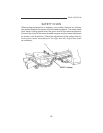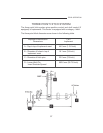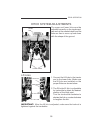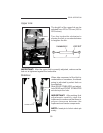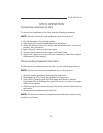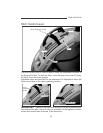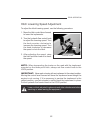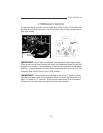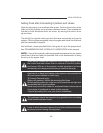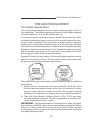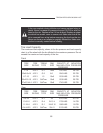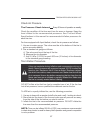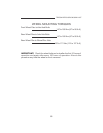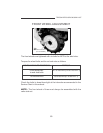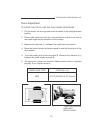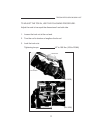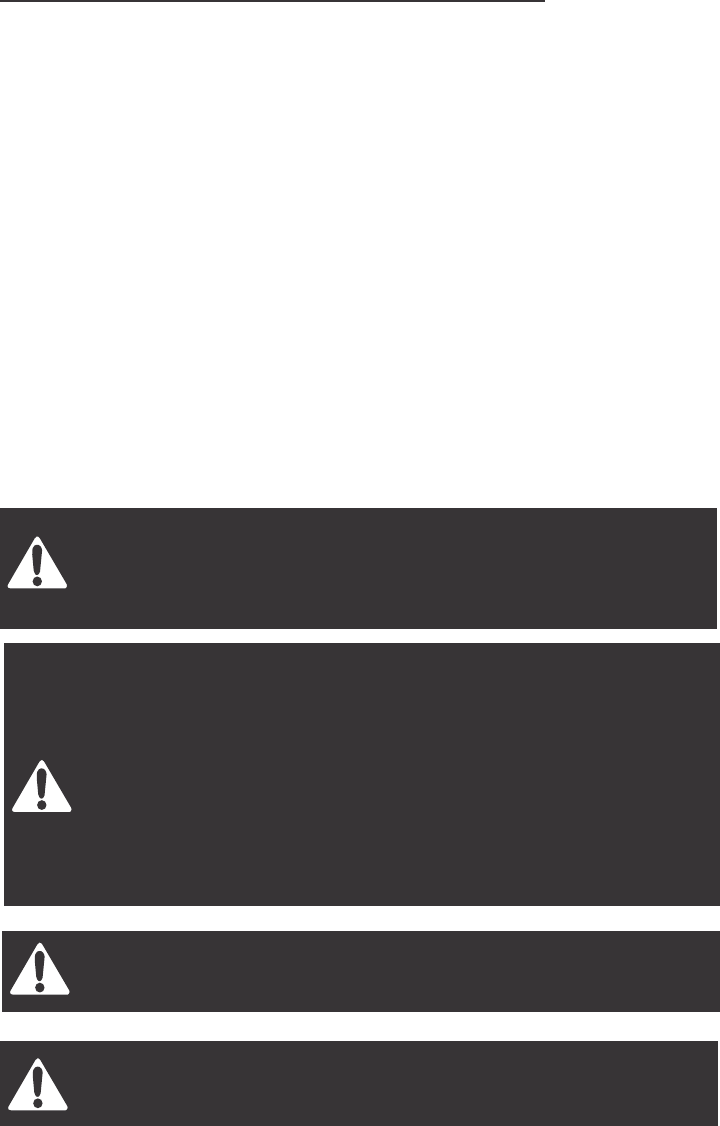
FIELD OPERATION
64
Adding Fluid after Connecting Cylinders and Hoses
Operate the engine at a moderate idle speed. Set the stroke stop at the
yoke end of the cylinder rod to provide maximum stroke. Then operate the
cylinder in both directions about ten times, by moving the control lever
up and down.
This will fill the cylinder and hoses with fluid and remove the air from the
system. Fill the cylinder completely, stop the engine and check the fluid level
with the transmission dipstick.
Add sufficient, clean specified fluid to bring the oil up to the proper level.
See TRANSMISSION AND HYDRAULIC LUBRICATION in this manual.
NOTE: If any of the hydraulic units are removed and replaced for any reason,
check the oil level and add the specified fluid to the transmission to bring
the oil up to the proper level.
When remote cylinders are connected to the hydraulic system, cycle
the control lever about three times to remove air from the cylinder
and hoses. With air in the system, raised equipment can drop
accidentally and cause personal injury or machine damage.
Hydraulic oil or diesel fuel leaking under pressure can penetrate the
skin and cause infection or other injury.
To Prevent Personal Injury:
Relieve all pressure, before disconnecting fluid lines.
Before applying pressure, make sure all connections are tight and
components are in good condition.
Never use your hand to check for suspected leaks under pressure.
Use a piece of cardboard or wood for this purpose.
If injured by leaking fluid, see your doctor immediately.
The implement should be lowered to the ground before uncoupling
of the remote hydraulic hoses.
Lower or block elevated implements and other attachments before
servicing or when leaving the equipment.



